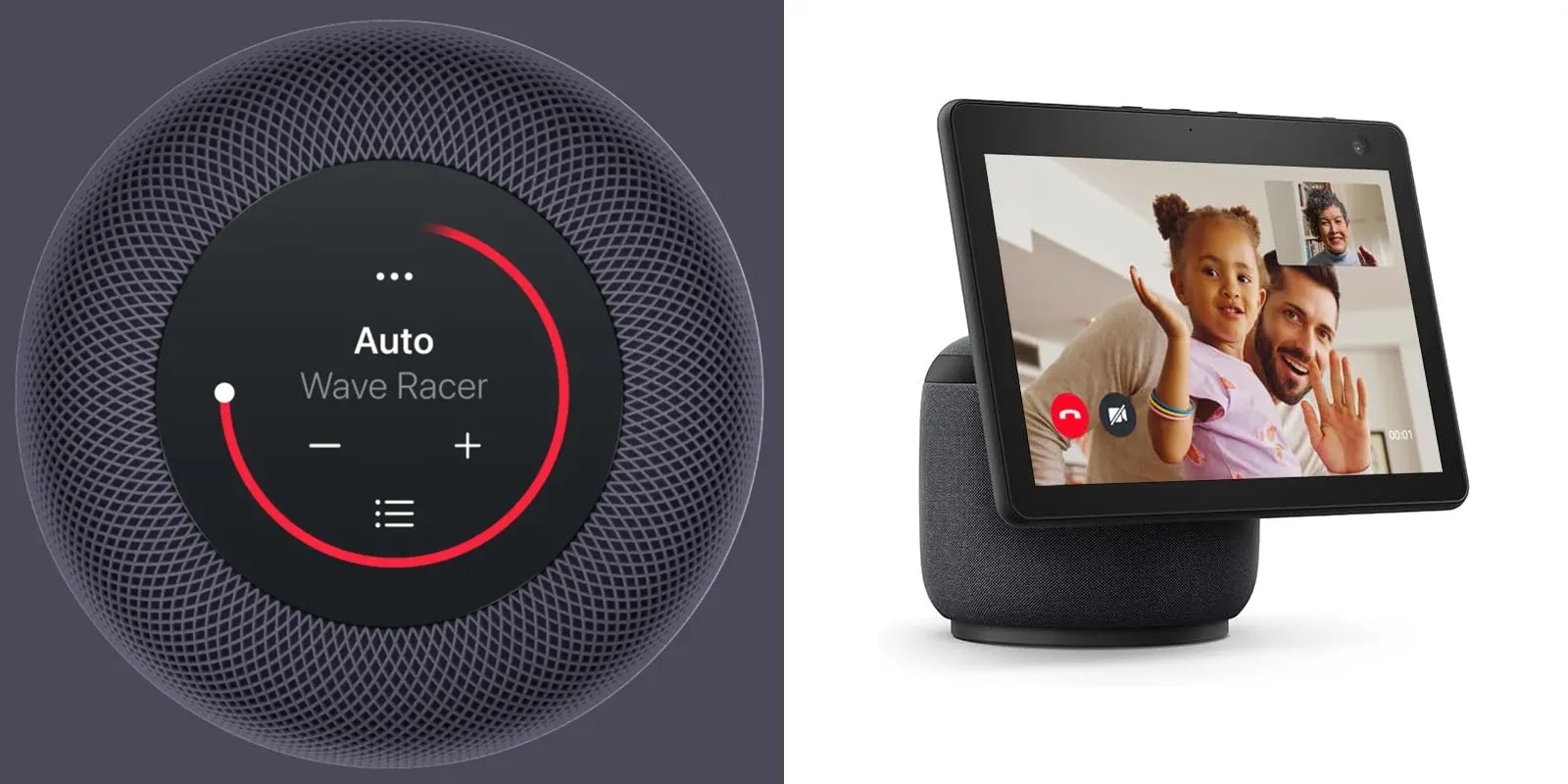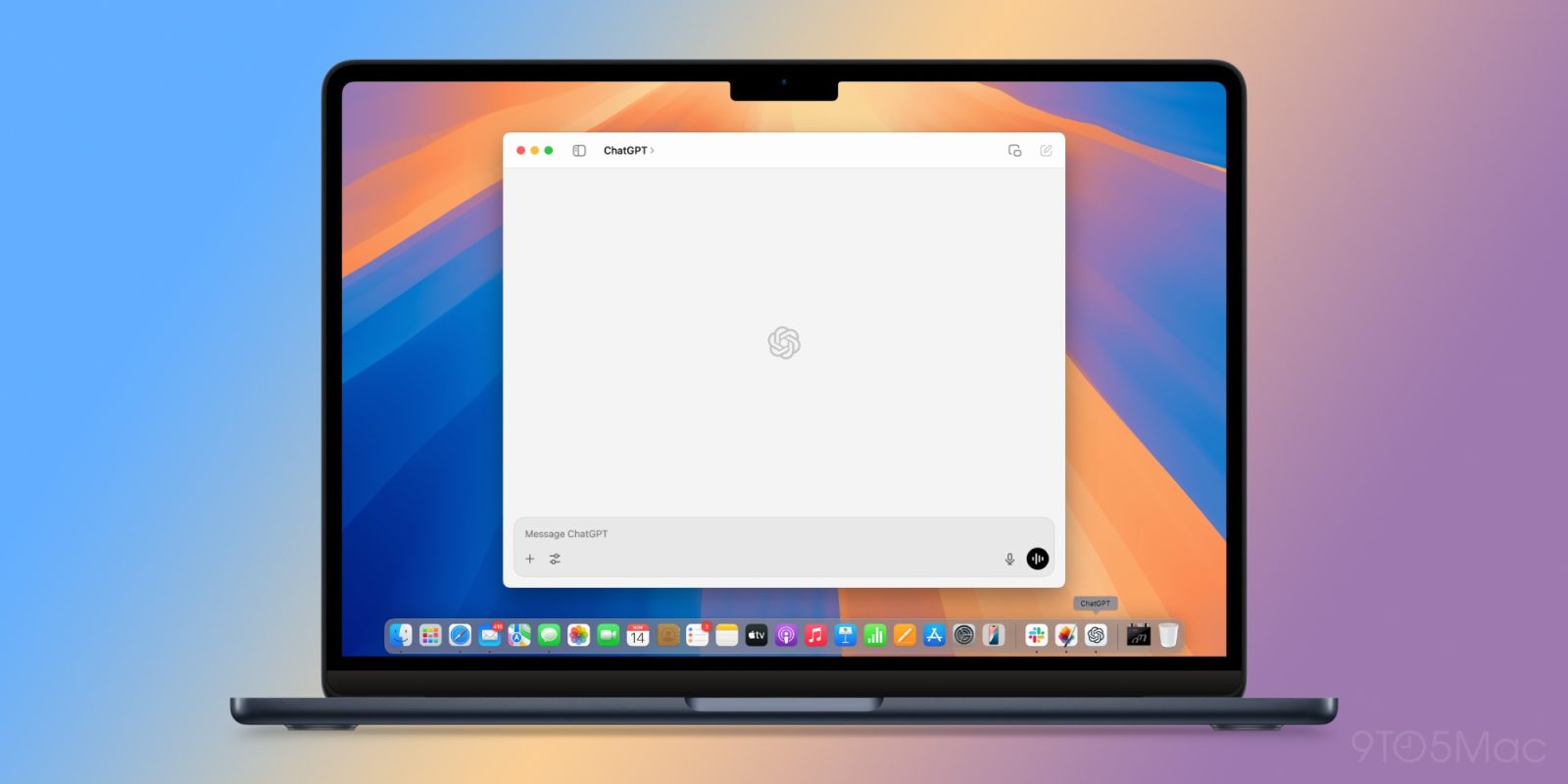www.informationweek.com
James M. Connolly, Contributing Editor and WriterDecember 4, 20249 Min ReadFederico Caputo via Alamy StockThere might be someone, somewhere -- possibly on some isolated South Pacific Island -- who hasn't wondered about the impact of artificial intelligence and other technologies on their job. For the rest of us, AIs invasion has the workforce pondering what it means to us, how it changes the nature of our work, the value of our paychecks, and even if we have a job going forward.All legitimate questions.Browsing through the past year or so of InformationWeek articles, we found a boatload of content focused on the role of AI and other tech today and in the future. In updating this Future of Work Quick Study, posted in mid-2023, we hope to provide you with insight into what IT leaders and their teams can expect from those technologies, and how they can build a modern workforce that enables their organizations and careers to flourish.One thing we can be sure of is that, for all the change we've seen in the past couple of years, still more change is on the horizon.The Hybrid: Work From Home and From WorkIts Different IT: Tech Support for Remote UsersHow does the IT teams approach change when it must provide technicalsupport for remote workforces?Onboarding Employees in the Age of RemoteRemote changed IT hiring fast, but onboarding employees didnt quite keep pace. Often, new employees like software engineers benefit from having someone sitting across from them. Heres insight from a company thats been there and done with advice on how to get it right.Are Return to Work Mandates Wise?Some businesses are mandating that some or all employees return to the office. While the motives are understandable, theres more to the story.Negotiating Remote Work Agreements as Listings ThinAs organizations angle to get workers back to a more regular in-office work schedule, IT professionals are still in a strong position to bargain for remote and hybrid agreements, given the robust IT jobs market.6 Lessons Learned from the Big Return to Office Debate of 2023Hint: Trust your people for hybrid work to fuel the business.6 Challenges and Opportunities for Hybrid and Remote IT TeamsRemote and hybrid work is here to stay. What does that mean for IT teams when employees want it, but managers may not like it?Manage By Walking Around in the Remote WorldThe concept manage by walking around encourages CIOs and other execs to get away from their desks to really see how projects are progressing. Does it work in a remote workplace? Heres some advice.AI: A New Ballgame for the WorkplaceBuilding an Augmented-Connected WorkforceAI and other advanced technologies are unleashing the augmented-connected workforce, enabling human-machine partnerships for new levels of business productivity.Nvidias Jensen Huang on Leadership, Tokenization, and GenAI Workforce ImpactThe GPU chipmaking giants CEO says its important for CIOs to get started with AI and called for a more positive outlook on the emerging techs impact on the workforce.CIOs Can Build a Resilient IT Workforce with AI and Unconventional TalentAs the IT talent crunch continues, chief information officers can embrace new strategies to combine traditional IT staff with nontraditional workers and AI to augment the workforce.AI: Friend or Foe?Adoption of AI continues, further fueled by generative AI. Like with all things tech, the hype needs to be tempered with a realistic expectation of results.Navigating the Impact of AI on TeamsLeaders should prioritize artificial intelligence literacy, empathy, and balance AI benefits with human insights to navigate the transformative impact of AI on teams effectively.How CEOs and IT Leaders Can Take the Wheel on Responsible AI AdoptionLeaders expect AI to reshape business, but readiness varies. Heres why it's crucial for CEOs, CIOs, and CTOs to develop responsible AI safety and innovation strategies now.What Is the Future of AI-Driven Employee Monitoring?Workplace monitoring isnt new, but AI is giving employers new powers to sift through employee data and analyze their work performance.How Companies Can Retain Employee Trust During the AI RevolutionRecent surveys indicate a trust gap among most employees, driven largely by job insecurity. Here are some ideas for enterprise leaders on how to growUtilizing Automation to Alleviate Alert Fatigue, Workforce Shortages, and MoreThis session explores strategies to address the growing volume of vulnerabilities and associated challenges of alert fatigue and resource shortages through safe automation.The IT Jobs AI Could Replace and the Ones It Could CreateTransformative power of AI has the potential to eliminate and create jobs in the IT field.Hire or Upskill? The Burning Question in an Age of Runaway AIGenerative AI speaks like a human but to make it work employees have to think like a machine. Where do you go to find that kind of talent?The People (and Machines) You Work WithQuick Study: Diversity, Equity, and InclusionAre we making progress in this sensitive, timely topic? Heres a snapshot of our own articles on why DEI matters, how companies are addressing it, educational initiatives, cutting through bias, and more.AI Robots Are Here. Are We Ready?Robots are getting smarter and more intuitive thanks to advances in artificial intelligence. Can people survive the competition?Eliminating Remote Work Will Ruin Techs Drive for DiversityWith some tech companies saying diversity, equity, and inclusion (DEI) is unimportant, remote work should continue to be an option available at tech companies to increase DEI and help solve staffing challenges.A New Generation and the Future of Sustainable ComputingThe Gen Z generation has grown up with both powerful technology and a keen awareness of environmental impact. How will their perspectives as the new data scientists and stakeholders shape the future of sustainable computing?The Importance of Mentors in Tech and FinanceHeres why mentorship is instrumental in career growth, providing guidance and support for personal and professional development.Integration, Insight, and AI Will Define DEIs Next EraDiversity, equity, and inclusion initiatives are more important than ever. With data, analytics, and intelligent tools, employers can create accountability around these critical goals.Empowering Women in a Gender-Biased Tech IndustryGender inequality is an existing issue exacerbated within the tech industry. Here are three areas to empower women today in the workplace.Quick Study: Diversity, Equity, and InclusionAre we making progress in this sensitive, timely topic? Heres a snapshot of our own articles on why DEI matters, how companies are addressing it, educational initiatives, cutting through racial and gender bias, and more.Cobots and AI: A Natural Match?Collaborative robots are getting smarter and more intuitive. What does this mean for their human colleagues?Less Talk, More Action: 3 Steps to Diversify the Cybersecurity WorkforceOrganizations have a lot to gain from team diversity, so now is the time to start employing more women, particularly in fields such as cybersecurity where there is a talent gap.Diversitys Crucial Role in AIYour board and your CEO have been clamoring for artificial intelligence, and now you have AI technology. But what if what your AI is telling you is wrong?Your Future JobSurvey: Work/Life Balance in IT Achieved Through Flexibility, PTOWhen creating policies, its important for business leaders to know its not just time-off and wellness programs that impact stress and work-life balance.9 Future of Work Concepts That Need More AttentionFuture of work concepts continue to evolve with circumstances and technological innovation. Here's a look at several.Technology Executive Arsenal: Must-Have Skills for LeadersCan today's technology leaders really handle the pressures of a fast-paced digital world? With these five skills, you can stay competitive and effectively tackle new challenges.5 Traits To Look for When Hiring Business and IT InnovatorsHiring resilient and forward-thinking employees is the cornerstone of innovation. If youre looking to hire a trailblazer, here are five traits to seek, as well as questions to ask.CISO Role Undergoes Evolution as Jobs Grow More ComplexThe complexity and sophistication of threats means CISOs must be more proactive in identifying and mitigating risks and making the business case for investment in security. The role isn't just about tech.Jumping the IT Talent Gap: Cyber, Cloud, and Software DevsBusinesses must first determine where their IT skill sets need bolstering, and then develop an upskilling strategy or focus on strategic new hires.Dispelling the Myth of Job Displacement: AI and TransformationWhile AI can automate certain tasks, it should be seen as a tool that complements human capabilities rather than replacing them entirely.Leading IT teams Through Changing PrioritiesThe constantly changing world of IT needs leaders who can pivot with major changes, for both business priorities and breakthrough technologies.Resolving the Crisis of Fractured OrganizationsOne of the key success factors for driving process improvement starts with cross-functional collaboration and alignment within an organization.Critical Thinking: The Overlooked IT Management SkillHave you given much thought to critical thinking? Its a talent that can make you a stronger, more effective leader.Why Your Current Job May Be Holding Back Your IT CareerAre you completely satisfied with your job? That could be a warning sign your career is stalled.Growing Your Own IT TalentThe IT marketplace is highly competitive and extremely expensive. Is it time to consider growing your own talent?Teach IT: Why Staff Learning Beats TrainingIT training provides the knowledge teams need to perform specific tasks. IT learning spurs progress and innovation. Its important to know the difference.Talent: Find It, Train It, Keep ItAn Ethical Approach to Employee PoachingTwo-way employee poaching between IT departments and vendors has been a fact of life for years. What are the ethics and best practices you should uphold?The AI Skills Gap and How to Address ItWorkers are struggling to integrate AI into their skill sets. Where are we falling short in helping them leverage AI to their own benefit and the benefit of their employers?Online Learning: Training an Advanced Manufacturing WorkforceThe USs advanced manufacturing sector depends on innovative approaches to education.How to Find a Qualified IT Intern Among CandidatesIT organizations offering intern programs often find themselves swamped with applicants. Here's how to find the most knowledgeable and prepared candidates.How to Build an Effective IT Mentoring ProgramIn a rapidly evolving IT world, mentoring is an efficient way to help team members keep pace with the latest tech and practices. Here's how to get started.Skills-Based Hiring in IT: How to Do it RightBy focusing directly on skills instead of more subjective criteria, IT leaders can build highly capable teams. Here's what you need to know to get started.Tech Pros Quitting Over Salary Stagnation, StressTo retain top tech talent, organizations must look beyond financial compensation to provide growth opportunities and wellbeing.Citizen Development Turns Software Novices into CreatorsAttention, citizens! You can now become software developers. Only minimal skills are necessary, thanks to low-code, no-code technology.Can Artificial Intelligence Ever Become an IT Team Leader?AIs ability to make predictions and offer recommendations is advancing rapidly. Will it eventually gain the ability to lead IT teams?Read more about:Diversity, Equity, and Inclusion (DEI)About the AuthorJames M. ConnollyContributing Editor and WriterJim Connolly is a versatile and experienced freelance technology journalist who has reported on IT trends for more than three decades. He was previouslyeditorial director of InformationWeek and Network Computing, where heoversaw the day-to-day planning and editing on the sites. He has written about enterprise computing, data analytics, the PC revolution, the evolution of the Internet, networking, IT management, and the ongoing shift to cloud-based services and mobility. He has covered breaking industry news and has led teams focused on product reviews and technology trends. He has concentrated on serving the information needs of IT decision-makers in large organizations and has worked with those managers to help them learn from their peers and share their experiences in implementing leading-edge technologies through such publications as Computerworld. Jim also has helped to launch a technology-focused startup, as one of the founding editors at TechTarget, and has served as editor of an established news organization focused on technology startups at MassHighTech.See more from James M. ConnollyNever Miss a Beat: Get a snapshot of the issues affecting the IT industry straight to your inbox.SIGN-UPYou May Also LikeReportsMore Reports












